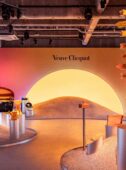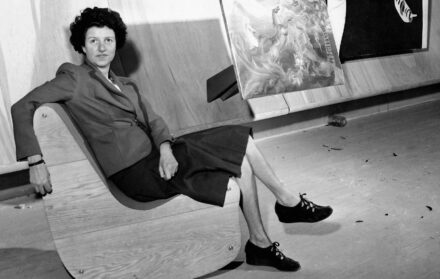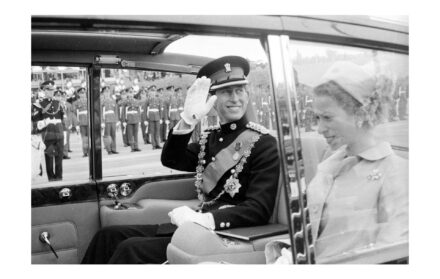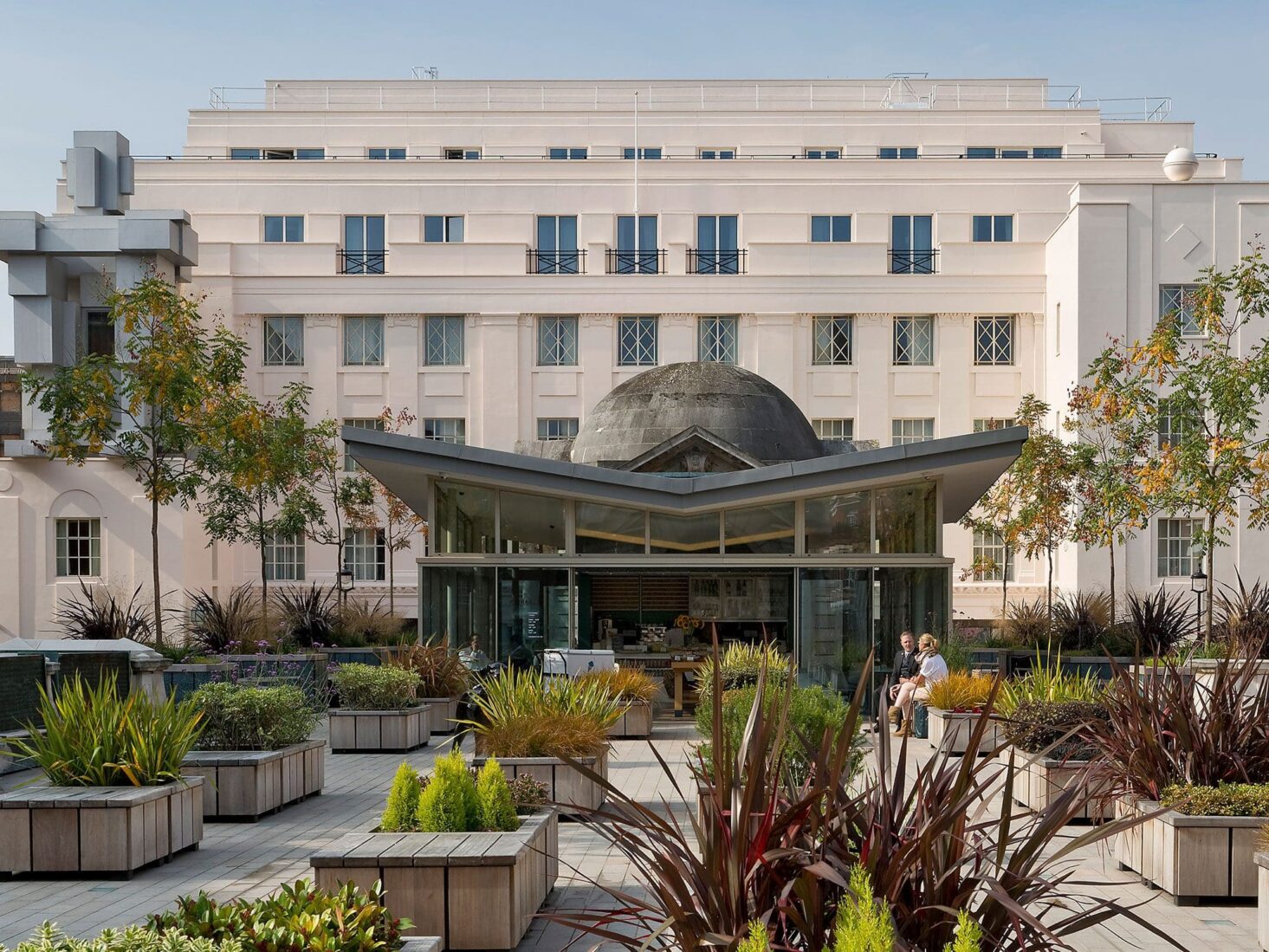
Essential viewing: A guide to the best public art in London
London is home to one of the world’s very best collections of public artworks, permanent and temporary – free to view and all well worth a visit
As many of us rediscovered last year, one of the best ways to see London is on foot. And one of the best things to explore, in the comfiest of footwear, is our capital’s marvellous collection of public art. Many of its pieces are permanent, while a frequently changing roster of temporary artworks and installations must be seen before they vanish as quickly as they arrived. Of the former, the city boasts centuries’ worth of admirable artworks, some well and truly weather-worn and others with less than a decade of history enveloped within their confines. Whether you love the most modern of modern art or classical masterpieces, there’s something for everyone.
Nelson’s Ship in a Bottle, 2010, Yinka Shonibare CBE
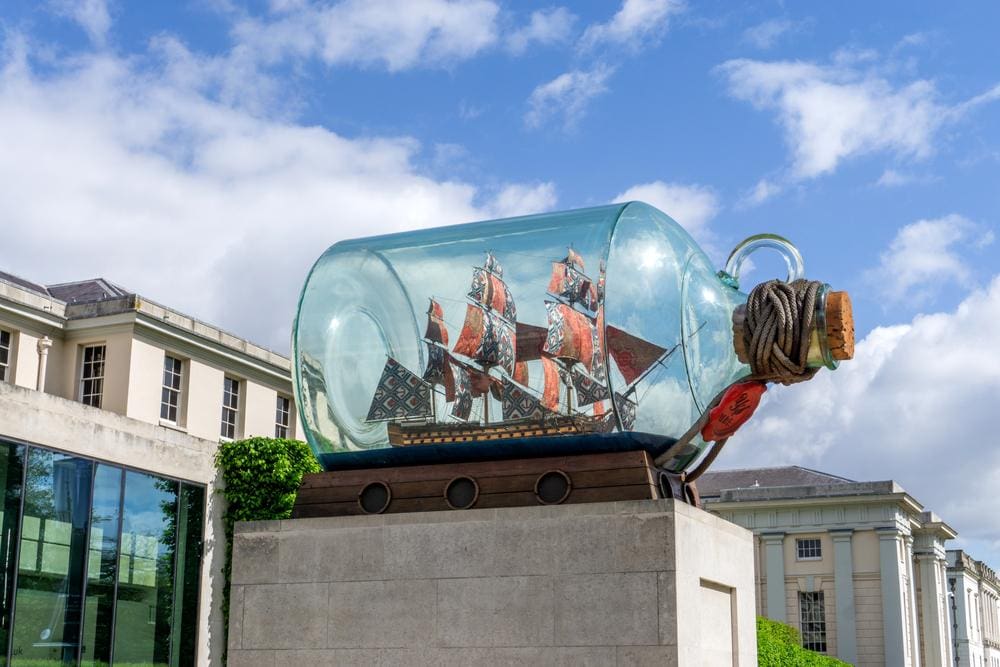
This is a scaled-down replica of Nelson’s flagship HMS Victory, on which the Admiral died during the Battle of Trafalgar on 21 October 1805. It has 80 cannons and 37 patterned sails, inspired by Indonesian batik, mass-produced by Dutch traders and sold in West Africa. Shonibare deems his artwork “a celebration of London’s immense ethnic wealth, giving expression to and honouring the many cultures and ethnicities that are still breathing precious wind into the sails of the United Kingdom”. We say: beautiful, inclusive, unique and very photogenic.
Outside the National Maritime Museum, Romney Road, Greenwich, SE10 9NF
A Bullet from a Shooting Star, 2015, Alex Chinneck
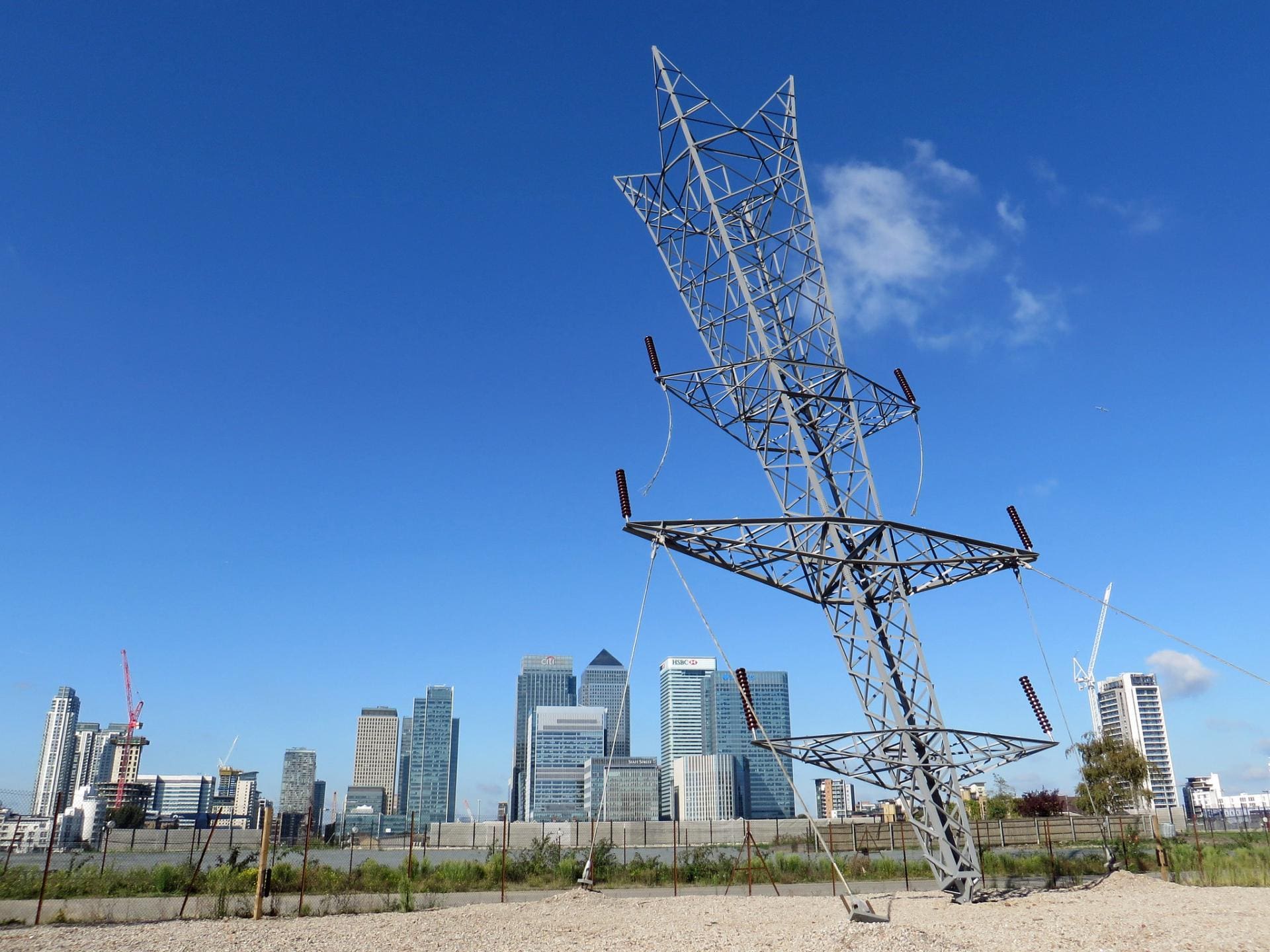
You can’t miss it, whether you’re at North Greenwich Station, on the Emirates Airline cable car or flying out of City Airport. This metallic monument, created for the London Design Festival 2015, is 35 metres high, comprising 450 pieces of steel and 900 engineered connection points that weigh in at 15 tons. Greenwich Peninsula was once home to the largest oil and gas works in Europe, as well as a steelworks, and this artwork references the site’s rich industrial history using a celestial motif, created by an inverted electricity pylon that appeared to have been shot into the ground.
Tunnel Avenue, Greenwich Peninsula, SE10 0QE
ROOM, 2014, Antony Gormley
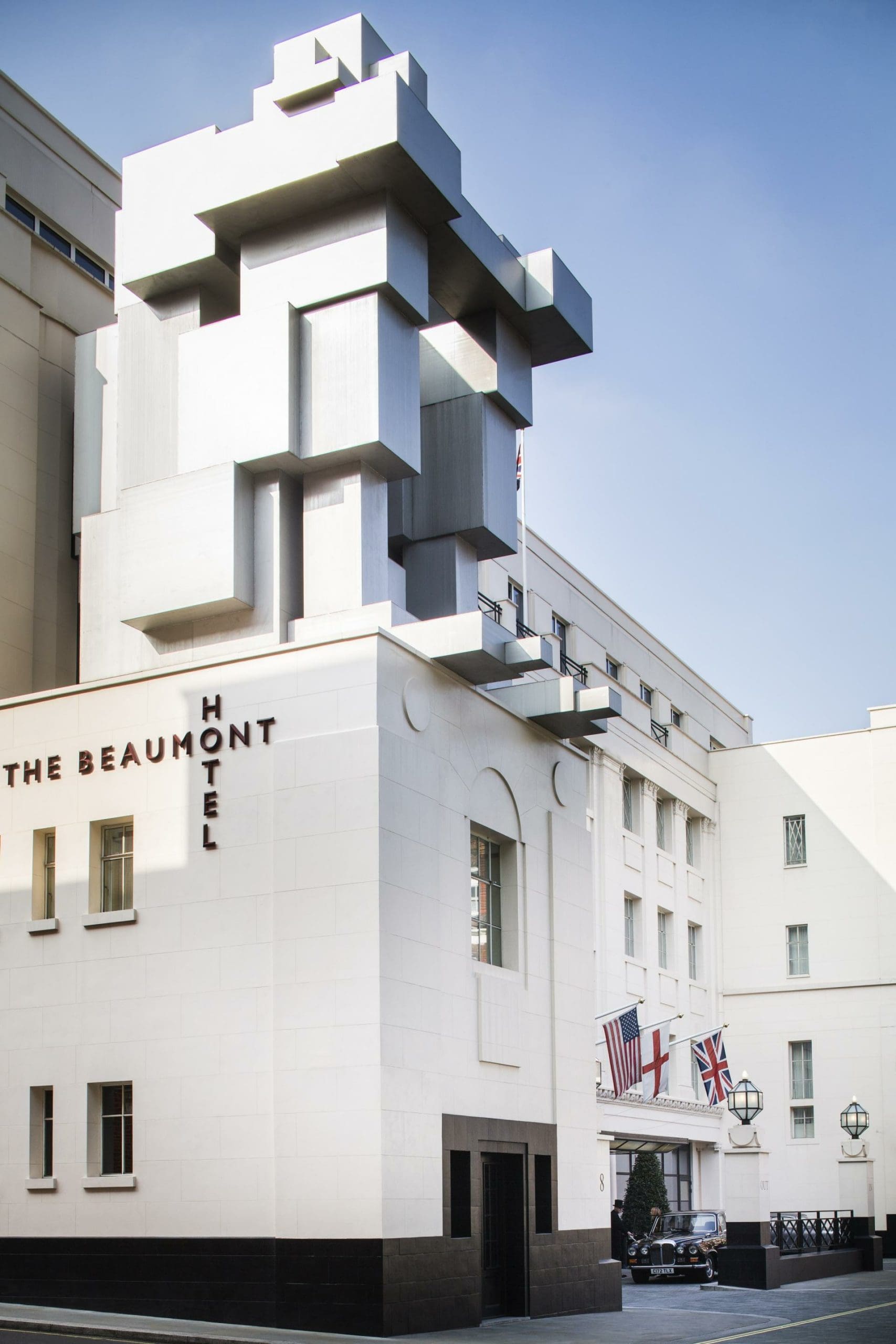
If you need a compelling reason to stop staring down at your phone as you walk through central London, this is it. Perched atop a low roof to the right of The Beaumont’s entrance is a semi-abstract sculpture by Turner Prize-winning artist Antony Gormley, which forms the outside of the hotel’s 745 square foot ROOM suite. Stainless steel, the geometric shape in fact represents a giant crouching cuboid figure based on Gormley’s own body. “I take the body as our primary habitat,” he explains. “ROOM contrasts a visible exterior of a body formed from large rectangular masses with an inner experience. The interior of ROOM is only four metres square but 10 metres high: intimate at body level, but open above… The very subliminal levels of light allow me to sculpt darkness itself. My ambition for this work is that it should confront the monumental with the most personal, intimate experience.”
The Beaumont, Brown Hart Gardens, Mayfair, W1K 6TF
TEMPORARY: Belgravia in Bloom, 20-26 September 2021
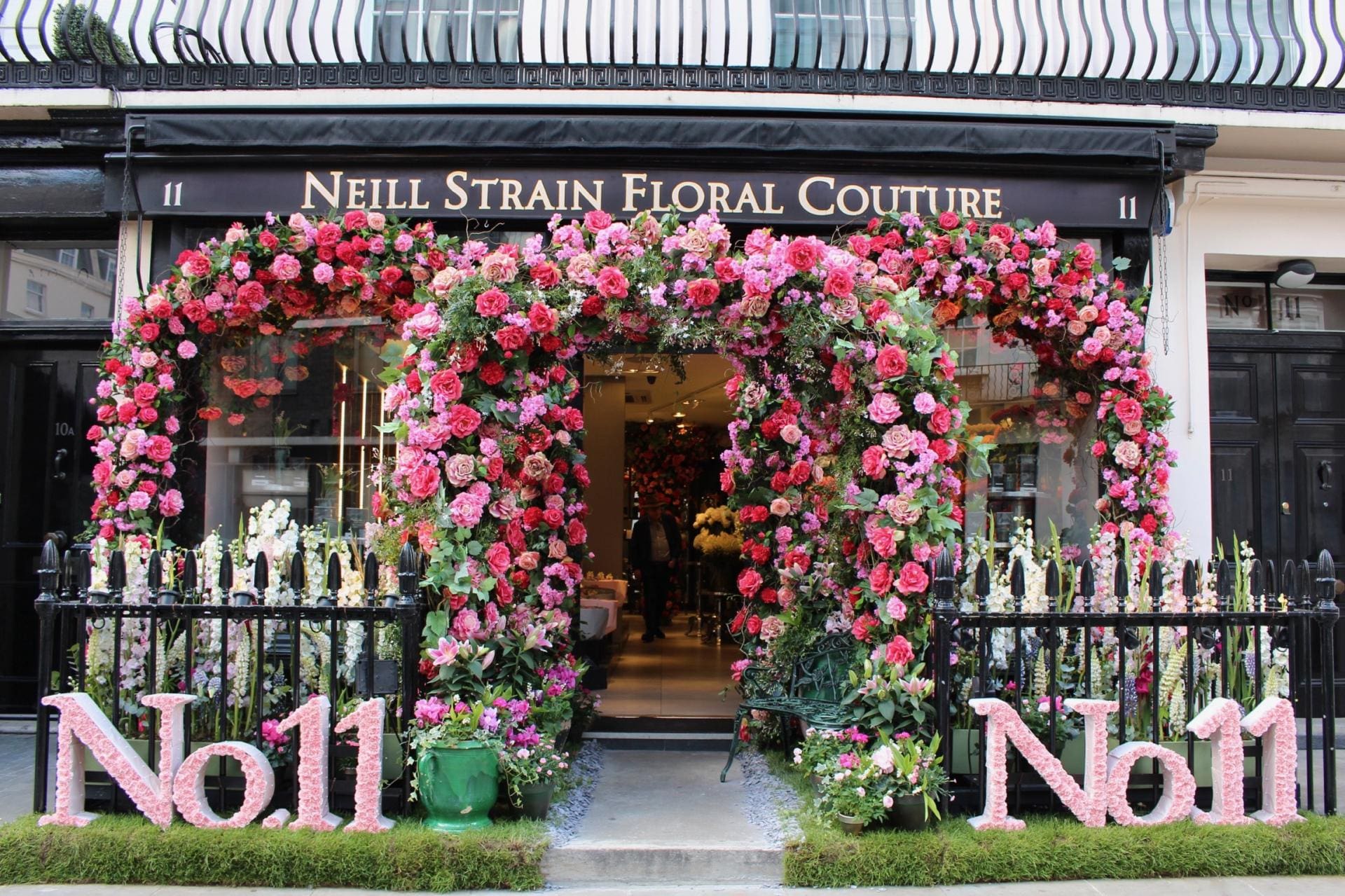
To coincide with September’s RHS Chelsea Flower Show (delayed from its usual May slot because of obvious reasons), Belgravia in Bloom returns for its sixth year. Pick up a coffee (in a keep-cup, of course) and wander the streets to admire beautiful flower installations, unique displays and experiences on the theme of ‘Floral Fairground’. Visit Moyses Stevens in Eccleston Yards to find a spiralling Helter Skelter tower of flowers, and Neill Strain and Judith Blacklock in Halkin Arcade for a floral carousel complete with horses. For the first time at the festival you can make the most of augmented reality tech; explore an interactive map of the neighbourhood and enjoy a floral-themed Instagram filter.
Winged Figure, 1963, Barbara Hepworth
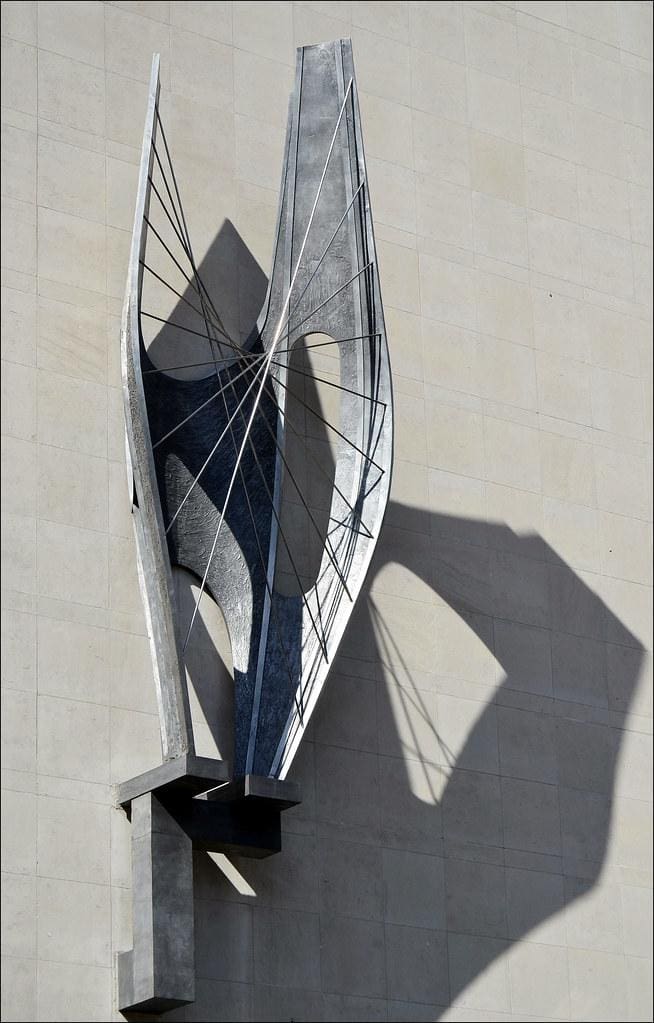
The much-loved British artist Barbara Hepworth created many remarkable pieces in her lifetime but there is something special about walking down Oxford Street and being able to admire this one en route. John Lewis had rejected proposals from six other artists, plus a first from Hepworth herself, before her second idea – an enlargement of her 1957 Winged Figure sculpture – came into being. The brief to be fulfilled? “The idea of common ownership and common interests in a partnership of thousands of workers”. It’s 5.8 metres high, resembling a boat’s hull and was cast in aluminium by the Morris Singer foundry in Walthamstow, with the rods later replaced by stainless steel.
John Lewis, 300 Oxford Street, W1C 1DX
A Slice of Reality, 2000, Richard Wilson
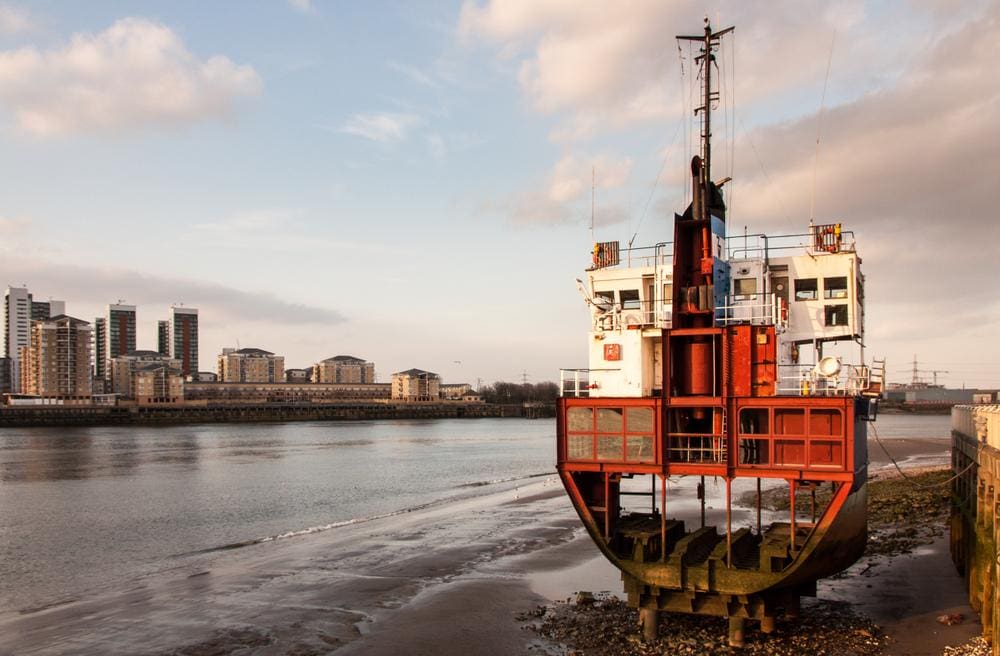
Richard Wilson’s long and productive career has been built on the notion that if he can dream it up, it’s possible, whether ‘it’ is balancing a coach on the edge of a roof, filling a room with waste oil (20:50 – now permanently installed in the Saatchi Gallery basement) or cutting a hole out of a derelict building then rotating the missing piece within it. And bigger is always better. For this piece, banked on the Greenwich Peninsula and commissioned for the Millennium Dome, Wilson neatly sliced through 800-ton sand dredger Arco Trent and left this 30-foot-high cross-section behind. Peer into the boat’s interiors, from the bridge down to the living quarters where there’s a pool table. As with all of Wilson’s works, this will make you look twice. And keep looking.
On the north-western bank of the Greenwich Peninsula
Fourth Plinth Commission, since 2005, currently Heather Phillipson
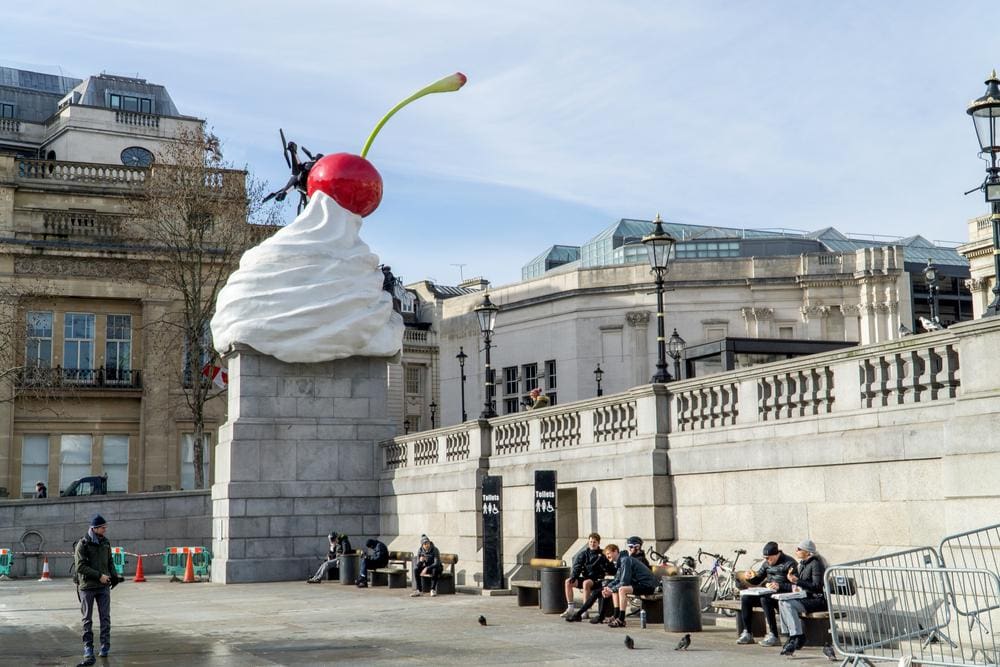
The Fourth Plinth not only showcases the best modern art by the best living artists of the 21st century, it also tells the story of a remarkably lengthy period during which the fate of the plinth was debated. Originally it should have held a statue of William IV but a lack of funds put paid to that idea and, over the next 150 years, the plinth remained empty. From 1999 to 2001 three contemporary sculptures were displayed temporarily and, for the benefit of all Londoners and visitors to the city, the Mayor of London’s Fourth Plinth Commission, as it is now known, kicked off in style with a Mark Quinn Sculpture in 2005.
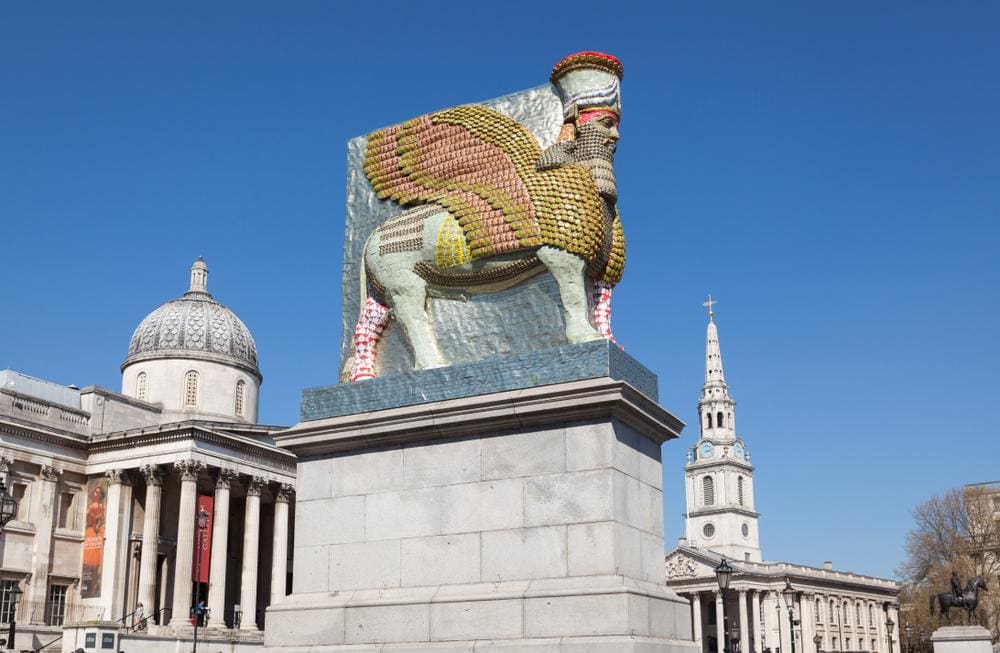
Now in place, until September 2022, is the Commission’s tenth artwork, by Heather Phillipson and entitled The End. A ‘melting’ mound of whipped cream – the tallest plinth commission so far, at 9.4 metres high – is topped with a black fly, a drone and a giant cherry; the artwork was chosen from a shortlist by public vote at the National Gallery in 2017. “It’s about multiple endings and the possibility inherent within that,” the artist explains.
Trafalgar Square, Westminster, WC2N 5DN
TEMPORARY: On The Other Hand, Canary Wharf, until 12 November 2021
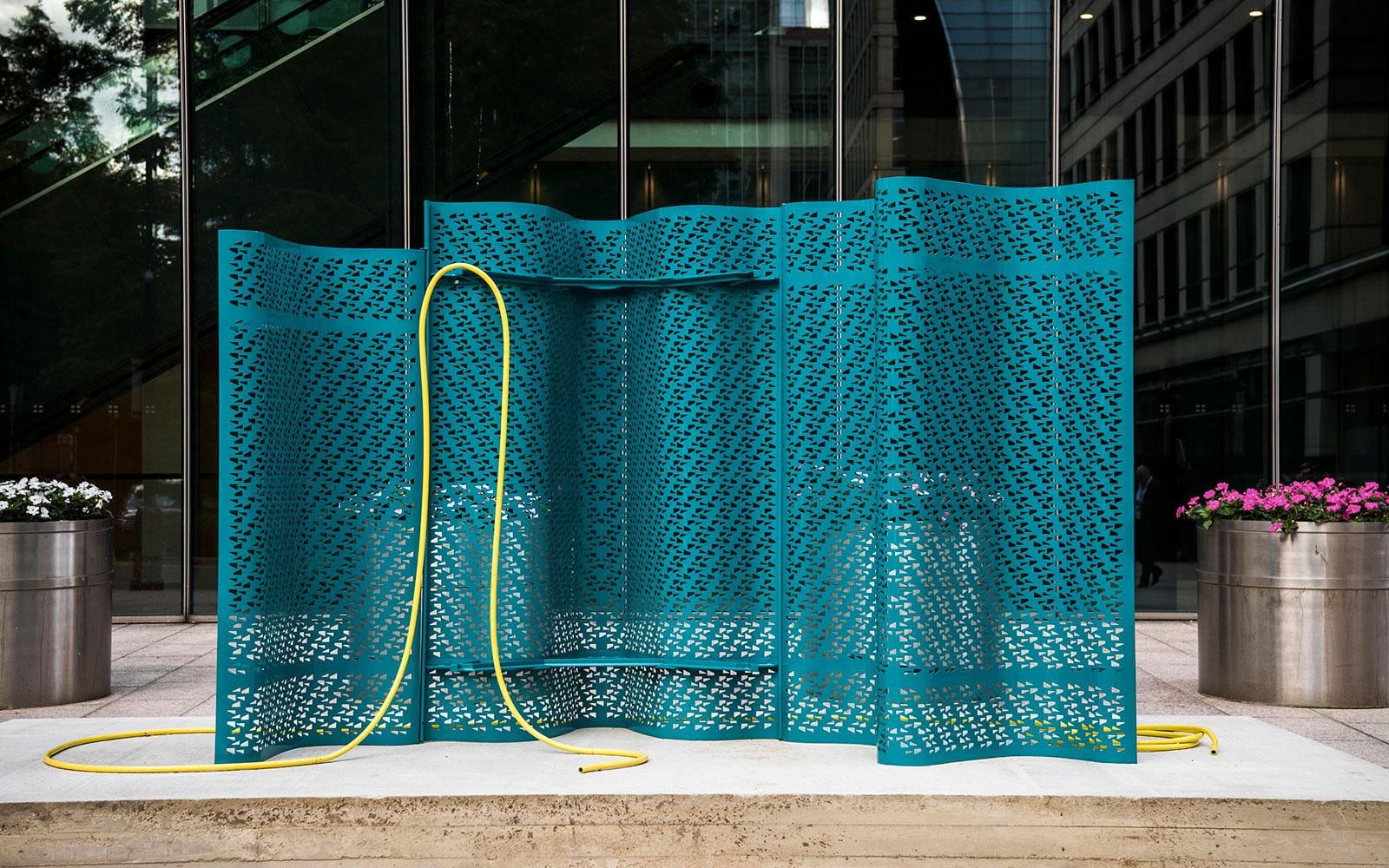
Canary Wharf Group has joined forces with art gallery Brooke Benington to curate a temporary exhibition that ‘reasserts the liveliness of ordinary things’. Across the Estate can be found sculptural works by 15 contemporary artists, all of whom were challenged to explore notions of revival and value; several have taken inspiration from the Isle of Dogs and Docklands history. Simon Linington sourced material from local building projects and along the river for A Bend in the Thames, while Amy Stephens has responded to the iconic architecture of One Canada Square. Also on show are works by Olivia Bax, Martin Boyce, Jodie Carey, Cedric Christie, Benjamin Cohen, Alexandre da Cunha, Luke Hart, James Lomax, Yeni Mao, Marco Miehling, Anna Gonzalez Noguchi, Nathaniel Rackowe and Victor Seaward.
Newton, 1995, Eduardo Paolozzi
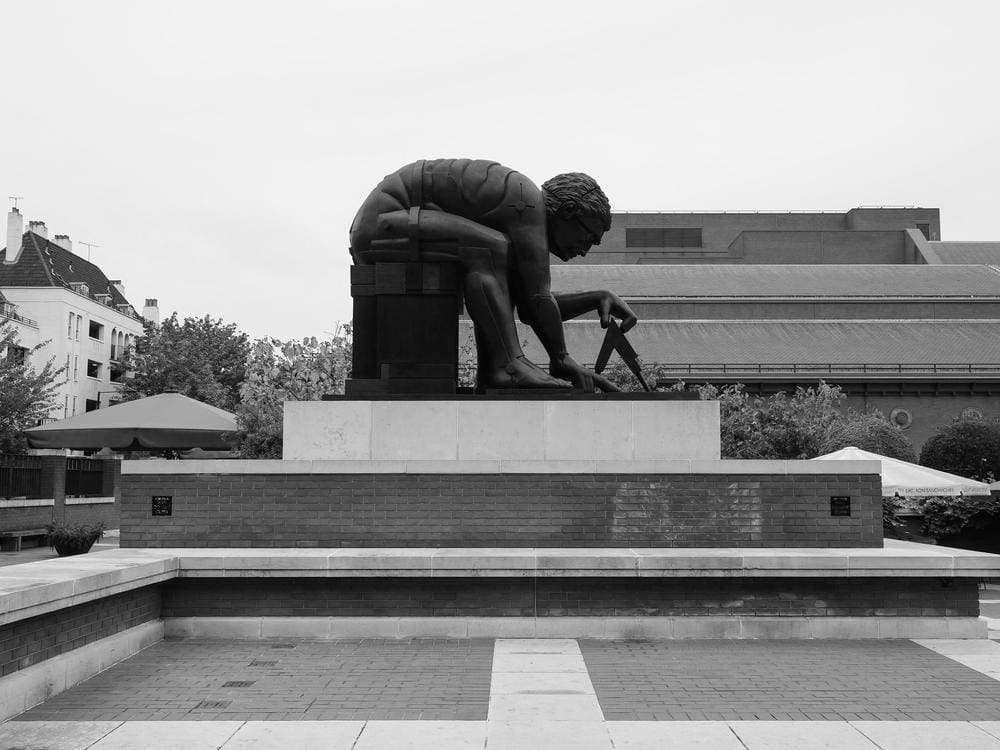
The Tate holds a remarkable 437 works by artist Eduardo Paolozzi – who was Scottish by the way, his name reflecting his Italian roots – and we find it tricky to narrow down our favourite London Paolozzi. We love the 950 square metres of mosaics in Tottenham Court Road tube station and also the robotic Healing Arts Collection Box in the Chelsea and Westminster Hospital, but just pipping them to the post is Paolozzi’s tribute to Isaac Newton at the British Library. The bronze sculpture, hunched over, compass in hand, is based on William Blake’s 1795 print Newton: Personification of Man Limited by Reason – Blake was famously critical of Newton’s beliefs. It makes a visit to the library even more edifying.
Inside the courtyard of the British Library, Euston Road
Trafalgar Square lions, 1867, Sir Edwin Landseer
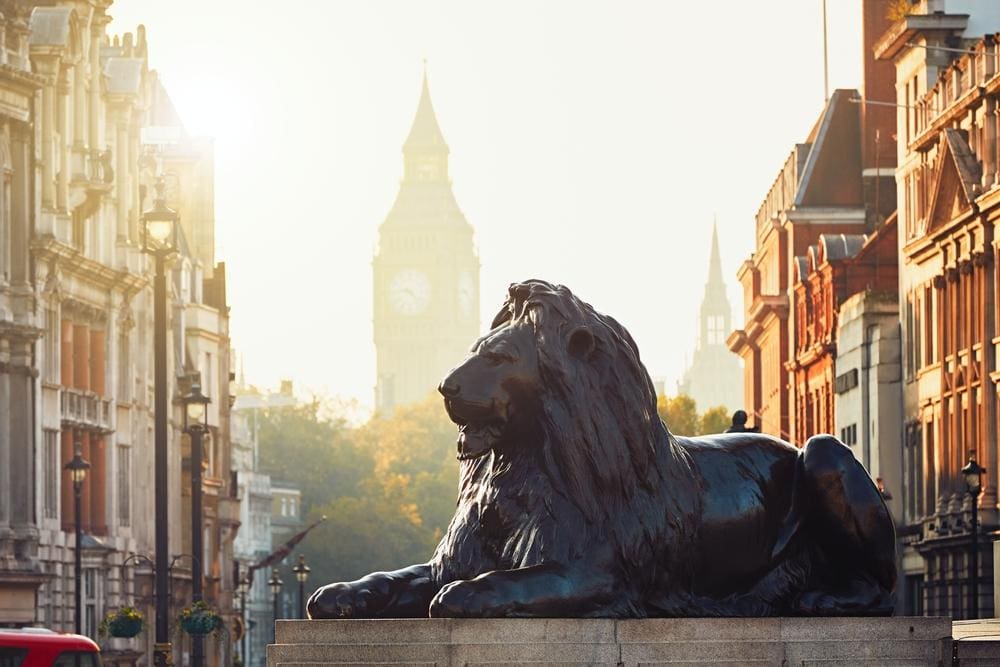
Majestic and brooding, the long-suffering lions guarding Nelson’s Column have been pawed at and sat on by millions of children (and adults) over the centuries; they also have quite the story to tell. The initial design of Nelson’s Column had always included four lions at the corners of the plinth but disagreements over material, lack of funding and artistic arguments meant they didn’t materialise until decades after the monument was erected. The eventual choice of Sir Edwin Landseer came as a surprise too; he was known for painting animals, notably Prince Albert’s greyhound, and The Times observed that he “never yet, we believe, attempted to model anything”. The ‘scandal’ did, of course, fade away and we are left centuries later with four beautiful bronze big cats recognisable, and beloved, the world over.
Trafalgar Square, Westminster, WC2N 5DN
TEMPORARY: Chila Burman, Covent Garden, until the end of October
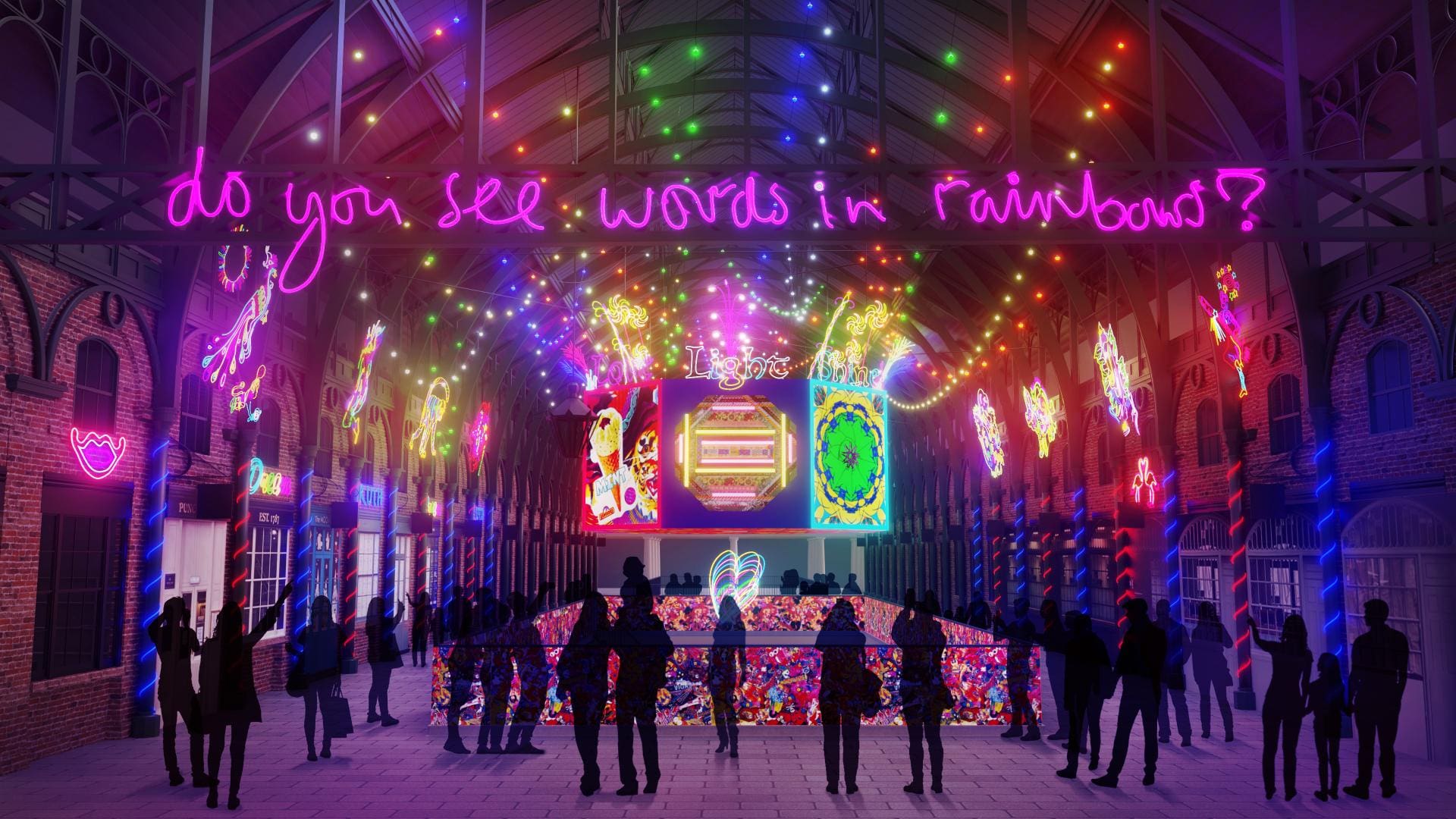
Covent Garden is known and loved for many cultural reasons, past and present, and one of these is its unique large-scale art installations. The latest creative statement comes courtesy of Chila Burman who has transformed the historic market building with a colourful light-based installation. Do you see words in rainbows explores identity and memory, taking inspiration from feminist perspectives, mythology and Burman’s Punjabi heritage. Her vast neon sculptures can be found in the building’s South Hall; look out for a neon octagon suspended from the centre of the Hall, sculptures of peacocks, tigers, snakes and bulls, and uplifting words and collages throughout in a rainbow of colours.
Burman has incorporated pieces from previous installations as part of her commitment to sustainability and digital visitors can go online to discover an exact replica of the installation, exploring the space exactly as it sits in central London. Burman commented: “I’ve been drawn to Covent Garden since moving to London to attend the Slade School of Fine Arts in 1981. It is this exciting energy and sense of magic that I’m capturing… the commission is designed to bring joy, positivity and a sense of magic to the public.”
ArcelorMittal Orbit, 2012, Sir Anish Kapoor RA & Cecil Balmond
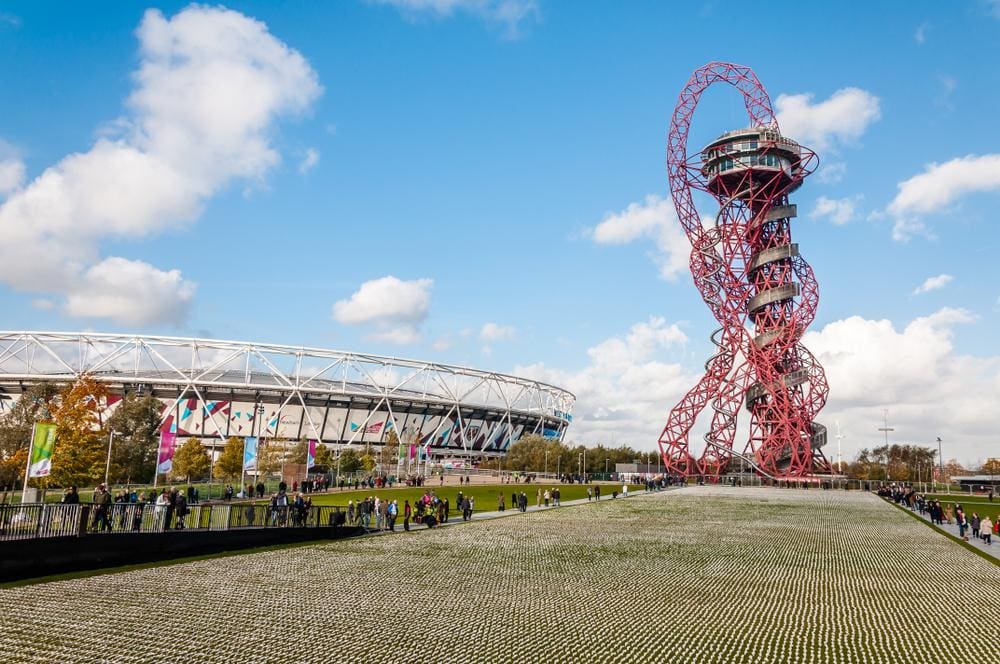
We do love a fun, literal architectural nickname in London – the Gherkin, the Cheese Grater, the Walkie Talkie – and we were quick to dub the ArcelorMittal Orbit the Helter Skelter. That was initially because of its soaring loops and fairground-red hue but, in fact, a slide, named, simply, The Slide – the world’s tallest and longest – has indeed been added since the Orbit came into existence.
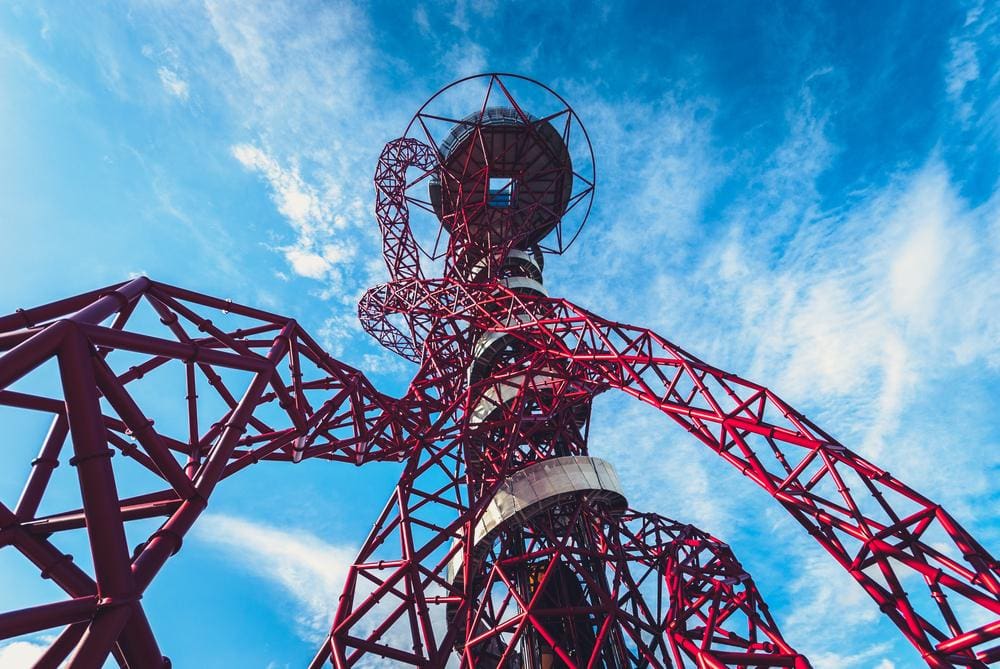
Sculptor Sir Anish Kapoor and engineer Cecil Balmond joined forces with ArcelorMittal, the world’s largest steel company, to create the Orbit for the London 2012 Olympic and Paralympic Games. Made of 35,000 bolts and enough steel to make 265 double-decker buses, it’s the UK’s tallest sculpture (155 metres) and from the top you can see 20 miles across London. Steel was partly chosen for its infinite recyclability – 60% of the Orbit is made from recycled steel, including washing machines and used cars.
“I wanted the sensation of instability, something that was continually in movement,” explained Kapoor. “Traditionally a tower is pyramidal in structure, but we have done quite the opposite, we have a flowing, coiling form that changes as you walk around it… You need to journey round the object, and through it. Like a Tower of Babel, it requires real participation from the public.”
Queen Elizabeth Olympic Park, Stratford
Read more: In conversation with violin virtuoso Charlie Siem
